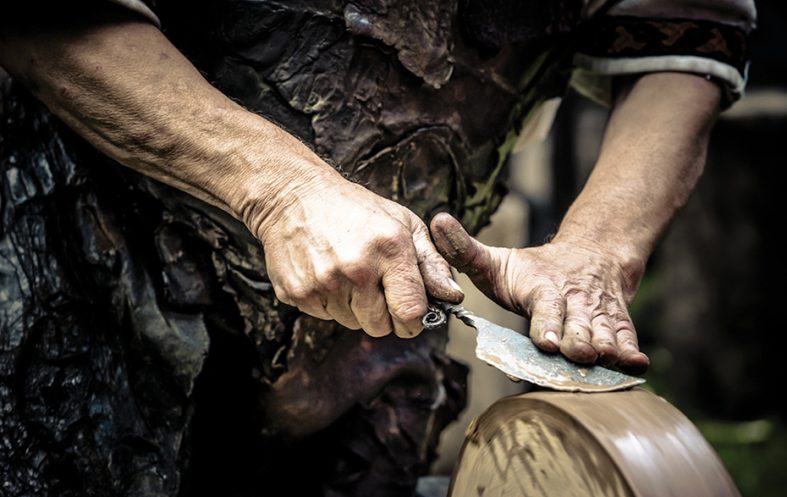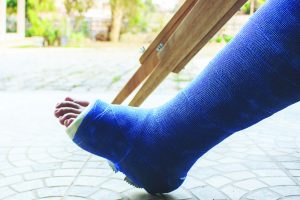By Eric P. Harding
Like most of you, I spent the past 18 months holed up at home. The work continued apace—indeed, I’m proud of how well the Academy staff responded to the coronavirus crisis—but the environs were a little different.
It took some time, but I got used to working remotely all the time. As I’ve mentioned in this space previously, I’m a creature of habit. My routines help demarcate the day. And I became accustomed to my new home office routines: a quiet cup of coffee before checking email for the first time in the a.m., homemade lunch to break up the day, prepping veggies for dinner right after wrapping up for the evening—these were the unofficial guideposts to the workday.
So when I learned that the Academy offices were reopening, I felt a bit of trepidation. But mixed with that apprehension was a feeling of anticipation: I’d be driving again!
You may be surprised to learn that one of my favorite routines is one oft-lamented in the capital region—the commute. (That is, of course, if you’re not a devotee of this column [hi Mom!]. Eagle-eyed readers will recall that I proclaimed my affinity for D.C. driving back in January/February 2019.) Being back in the office meant I would be driving with some frequency again, for the first time in a year and a half—and I couldn’t be happier.
Yes, I love everything about being behind the wheel. I really dig the sensation of hurtling through space, connected to the road via your hands and feet. I love the spirit of freedom that driving affords—you can go anywhere. I even like the sense of community I feel with the other drivers; we’re all part of a greater whole, if only for a brief time.
The freedom to drive isn’t exactly free, though: We all have auto insurance. And the search for auto rating variables—the way to price the risk of that aforementioned hurtling—is the topic of our first feature this issue (“The Great Hunt”). It’s a fascinating tale of actuaries learning the craft as they go.
If you have an auto accident and receive a settlement annuity to pay for medical bills and pain and suffering, you may want to convert that annuity into a lump sum payment. That’s called factoring, and it involves an actuary doing some under-the-hood calculations. But how can you be sure you’re getting a fair deal? Our second feature this issue—“Using Data for Good”—shows how published mortality data can provide the annuitant with valuable information.
Finally, we are pleased to feature another work of original fiction from our actuarial author, Leo Apilash. “An Adventure” features the open road prominently … to say more would be to spoil the story.
Thanks, as ever, for reading. If you see an olive-green Nissan Cube on I-395 northbound some morning, wave.





